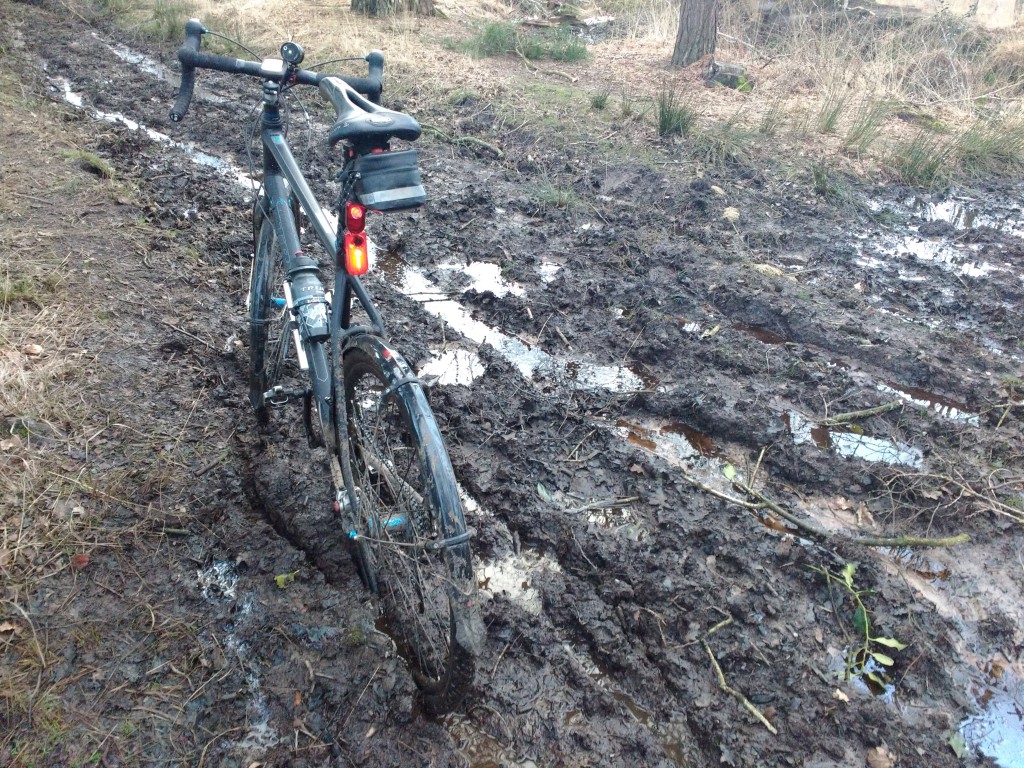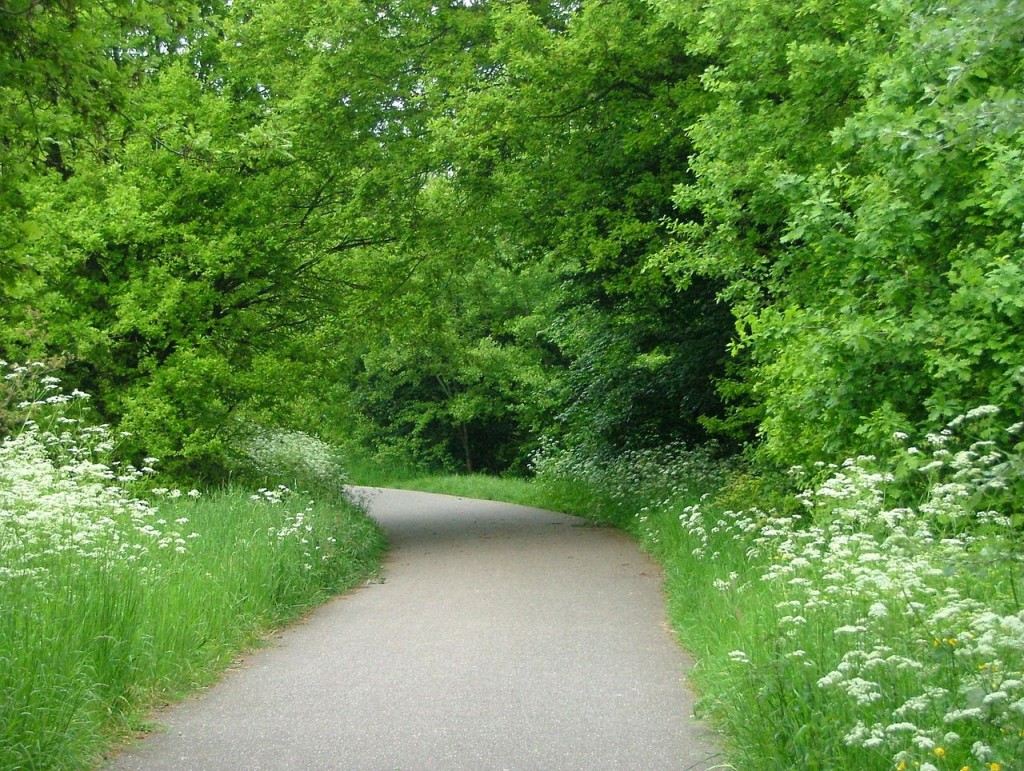Late last year I accidentally ended up with a new cyclocross bike; something I’ve had before in a couple of different forms but have been missing for a while. It’s ideal for mixing bridleways with rural backroads, and when I use it for the ride to work it’s a good way of dodging several parts of my normal route where drivers pose particular risk.
But it’s interesting that I need a specific bike to do this.
Here are a couple of photos taken on my commute this morning.


This is fine, you might say. After all, I set out to mix up bridleways and backroads. And in my specific case, that’d be a broadly fair point.
But these aren’t bridleways as such.
These our sections of our National Cycle Network.
(A brief digression: At the moment that link takes you to a page atop which sits a banner asking for charitable donations to repair the flooded network: a plaintive illustration of the total disregard that government has for cycling as a mode of transport. Seen any “Donate now” buttons asking to help repair potholes on A-roads recently?)
The three reactions
There are three basic ways in which people can react to virtually impassable cycleways.
The first reaction is that of a tiny minority, of which I am intermittently one, and that is to use the path anyway (at least on an occasional basis). To do this, you’ll need a hardy bike, hardy legs and a hardy attitude. And decent shower facilities at work. Not many people have all these, let alone want to exercise them on a frequent basis, and nor should they be required to.
The second reaction is that of a larger (but still small) minority, of which I am more frequently one, and that is to ride on the road instead. If you’re reading this as a seasoned bicycle rider then this might not seem like a big deal, but the simple fact is that it exposes people to the dangers of motorised traffic. There is perhaps no clearer example of this than that of Robert Don, who—being unable to use the cycle path along the A9 due to it being flooded—took to the main road and was hit from behind by a bus driver. He died from his injuries.
The third reaction is of course the most common by far, and that is not to use a bicycle at all. The farcical state of the National Cycle Network is a notable contributor to the general public’s perception of cycling as being either a matter of taking to the road and pretending to be in the Tour de France; or one of having a very British “character building” day out, dragging one’s children (complete with decorative helmets dangling off the backs of their heads) through a few miles of filth before trying to laugh about it, quoting Nietszche, and then letting the bikes go rusty in the shed.
The third reaction not only has the effect of increasing pollution, congestion, and so on, but also adds to the danger faced by those who choose the second reaction, and therefore increases the likelihood that they too will choose the third instead. There is a vicious circle at work here.
Country ways
Of course, it doesn’t have to be this way. Let’s take a look at a rural cycleway in—yes, you’ve guessed it—the Netherlands.

Now, of course, not all UK cycleways are submerged, six inches deep in thick mud, cratered or otherwise totally impractical for utility cycling. But a lot of rural ones are, even in summer; and more than a few urban ones are, too.
But the Netherlands shows (again) that with political will it’s perfectly possible to provide practical year-round utility routes. I expect not all rural cycleways in the Netherlands are perfect, but if you do a Google Images search for “fietspad” things don’t exactly look bad.
It’s a subject that Cycling Embassy chair Mark Treasure has covered in detail on more than one occasion, and I’d thoroughly recommend reading “Natural character” and “The role for surfacing in rural areas”.
When is a network not a network?
The National Cycle Network has a grand name, but for the most part is of little consequence or practical use. It’s more notional than national; more not-work than network.
It’s important to consider the three reactions above. A network such as the UK’s—predominantly made up of ordinary roads, unsurfaced off-road routes, terrible paint treatments and outright nonsense—serves to do one thing: to keep people off pedal cycles of all sorts, and in cars. And to actively support a network in that form is to support that result; it is to make that result a goal.
I’ll leave you with a tweet. One of the great things about Twitter is that it necessitates pithy wording, and I think the general state of affairs can be neatly summed up as follows:
It's high time we stopped pretending we've got a National Cycle Network and started admitting that what we've got is Some Blue Signs.
— Bez (@beztweets) March 31, 2016





